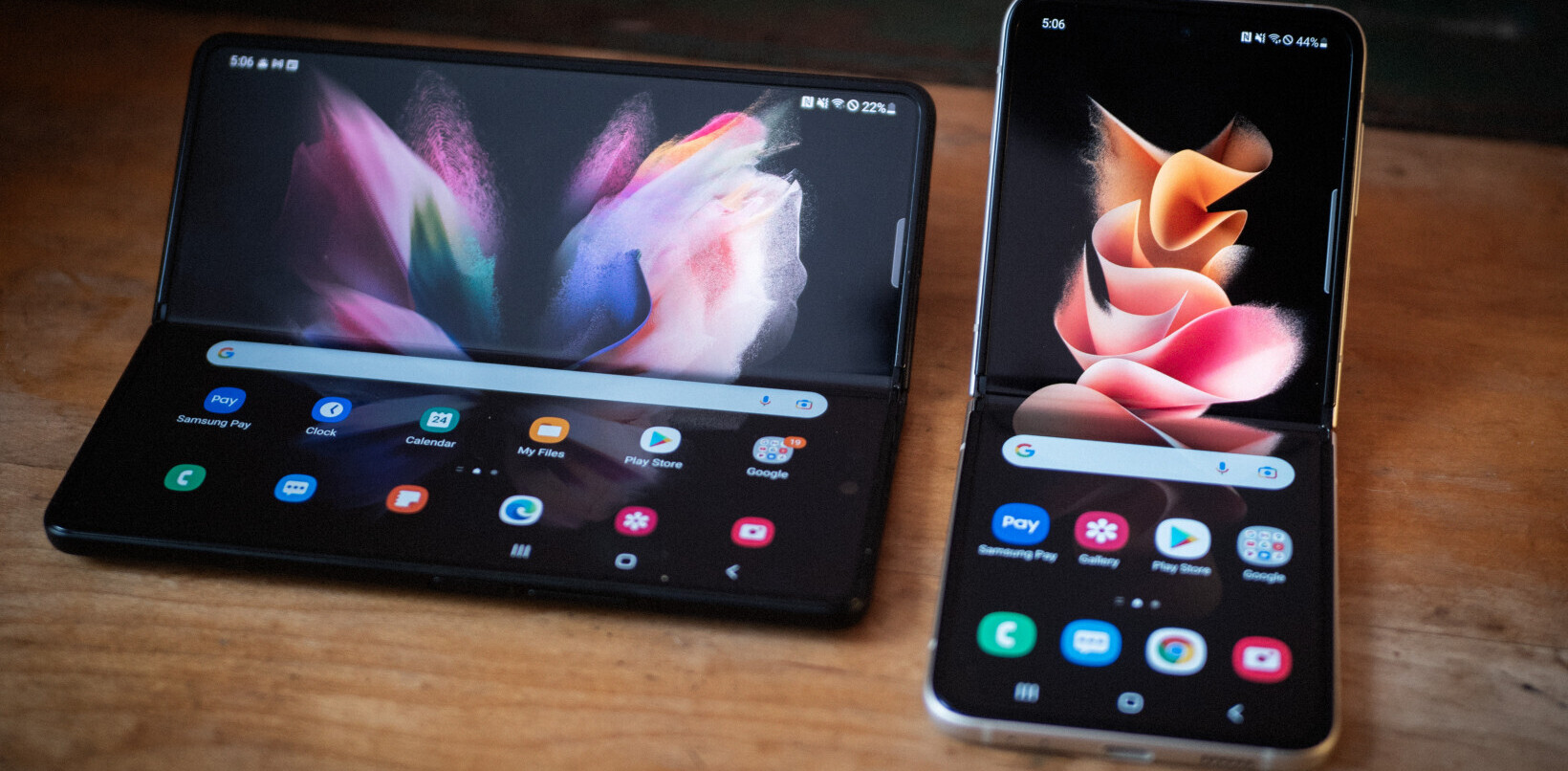When I reviewed the Galaxy Note 7, I was a little amazed at how Samsung was able to cram so many features into a phone so small for its screen size. But a report by manufacturing company Instrumental suggests that cramming is what made the phone prone to catching fire.
Instrumental tore down a Note 7 to try to figure out what was going on – something Samsung has yet to provide an answer for – and suggests the phone’s design is fundamentally flawed. Even without any outside pressure being exerted, the design of the phone can compress the battery. Where most phone designs leave a roughly 10 percent gap above the battery, the Note 7 leaves virtually none. It seems Samsung thought its design was sturdy enough to omit that buffer… and was obviously wrong:
Here’s Instrumental’s explanation:
The Note 7’s lithium-polymer battery is a flattened “jelly-roll” consisting of a positive layer made of lithium cobalt oxide, a negative layer made of graphite, and two electrolyte-soaked separator layers made of polymer. The separator layers allow ions (and energy) to flow between the positive and negative layers, without allowing those layers to touch. If the positive and negative layers ever do touch, the energy flowing goes directly into the electrolyte, heating it, which causes more energy to flow and more heat — it typically results in an explosion. Compressing the battery puts pressure on those critical polymer separator layers that keep the battery safe.
Samsung stated that these separator layers may have been thin to start with due to aggressive manufacturing parameters. Add some pressure due to normal mechanical swell from the battery or accumulated stress through the back cover (e.g. from being sat on in a back pocket), and that pressure could be enough to squeeze the thin polymer separator to a point where the positive and negative layers can touch, causing the battery to explode.

The blog post goes on to explain that if the phone hadn’t been recalled, the problem would likely have gotten worse down the road due to mechanical battery swell (batteries grow slightly larger with charging cycles over time). A smaller battery would have basically solved the issue, but without new battery technology, it seems there wasn’t a way to make that happen without compromising the device’s battery compared to the previous Note 5 or the iPhone 7 Plus.
Of course, this is just one take on the issue. Samsung isn’t the only manufacturer to put a large battery into a small frame, but considering the device needed to fit a bigger battery, an IR blaster and an entire stylus into a design significantly smaller than any competing 5.7-inch device (and many 5.5 inch devices), it always felt a little too good to be true. Head on over to the source link below for Instrumental’s full theory.
Via TechSpot
Get the TNW newsletter
Get the most important tech news in your inbox each week.





